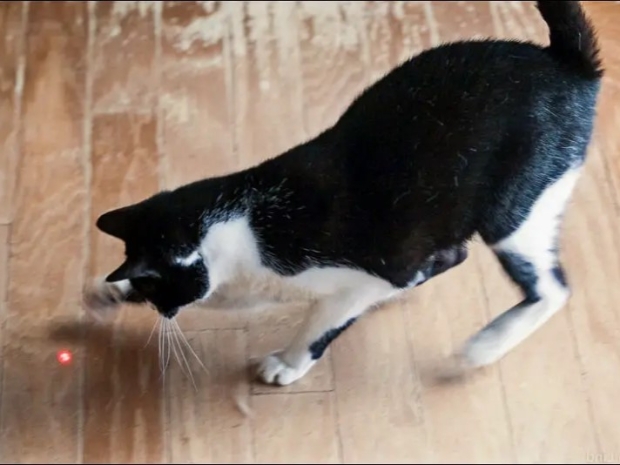Dubbed the “Rosetta stone” of quantum computing, the GKP code translates quantum wibble into something more stable and digital-like. That makes it easier to spot and correct errors. Quantum systems are notoriously awful at that. The catch has always been that the code is a nightmare to implement.
Sydney Horizon Fellow and lead researcher Dr Tingrei Tan said his team has finally cracked it. “Our experiments have shown the first realization of a universal logical gate set for GKP qubits,” he said.
Instead of using a sprawling array of physical qubits, they managed to encode and entangle logical qubits inside the harmonic vibrations of a single trapped ytterbium ion.
The team used a Paul trap, a kind of atomic hamster cage made of lasers, to suspend and manipulate the ion. By precisely controlling its natural oscillations, they stored GKP codes and demonstrated real quantum entanglement. This previously needed labs full of kit and an unhealthy amount of qubit overhead.
The research, published in Nature Physics, lays out three experiments that showed how GKP qubits could be manipulated individually and entangled, all using just the one atom.
While GKP codes have been talked about for decades as a way to reduce the ridiculous physical demands of quantum logic gates, this is the first time anyone’s managed to make the maths sit still long enough to work in the lab.
It is a rare case of quantum theory meeting engineering without collapsing into a useless mess. Unfortunately it cannot play Crysis making it less useful for entertaining potentually dead and alive quantum cats.

